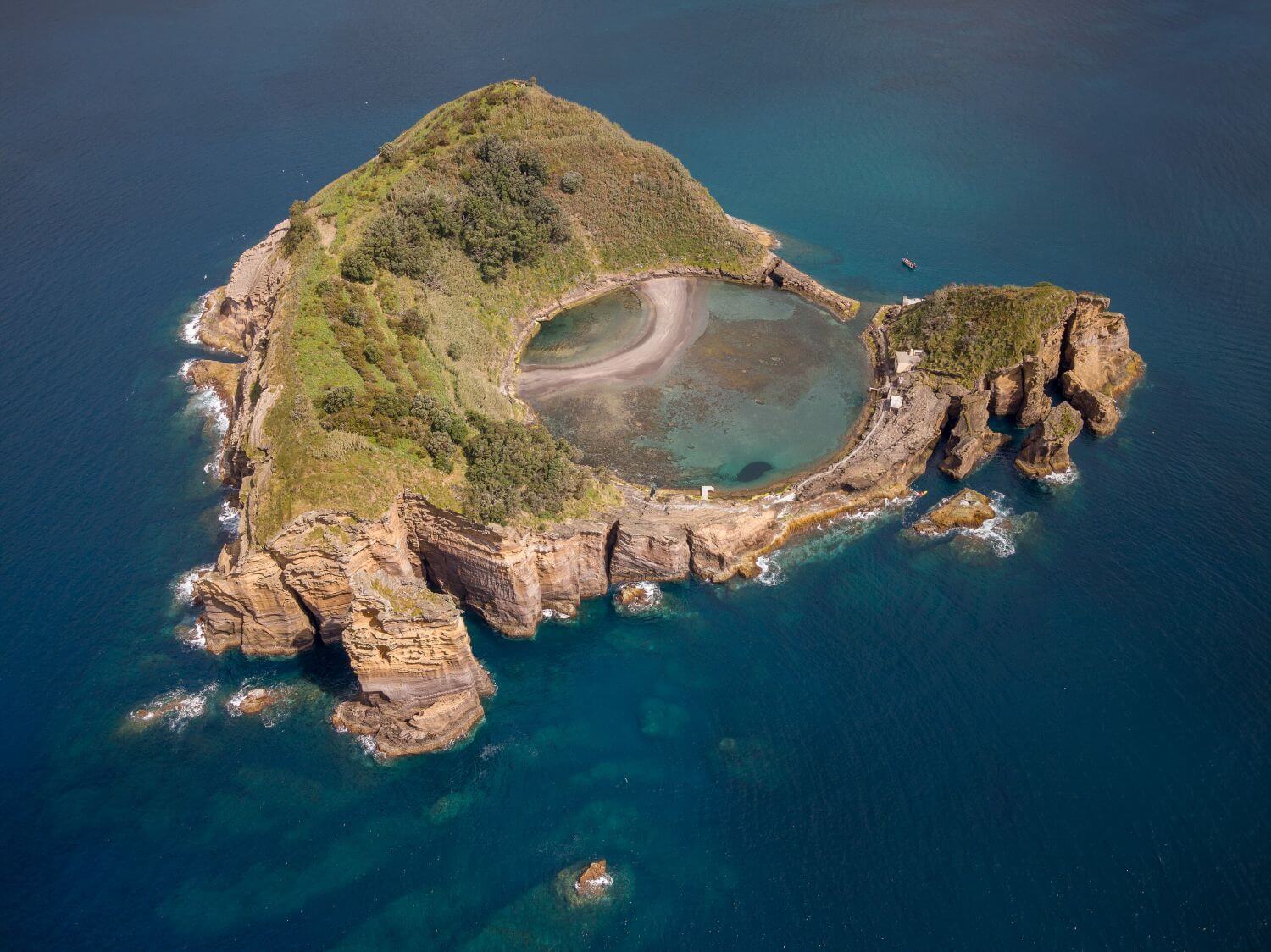Most travelers stick to the same crowded spots, but the world’s most incredible places to travel remain unknown to the masses. These hidden gems promise authentic experiences without the tourist hordes.
From singing villages to underground beaches, these travel destinations will change how you think about adventure.
1. Kayaköy Ghost Town – Fethiye, Turkey

This abandoned Greek village contains approximately 500 ruined stone homes and churches frozen in time since the 1920s population exchange. The open-air museum receives minimal restoration, preserving haunting beauty over theme-park polish.
Easy day trips from Fethiye include guided walks that reveal folklore of loss, hope, and peaceful coexistence. The ruins tell powerful stories about forced migration and cultural change in the early 20th century.
Ideal for evocative photography and quiet reflection, the ghost town provides insight into complex historical events. The Mediterranean setting adds natural beauty to the cultural significance of this abandoned community.
2. Playa de Gulpiyuri – Llanes, Spain
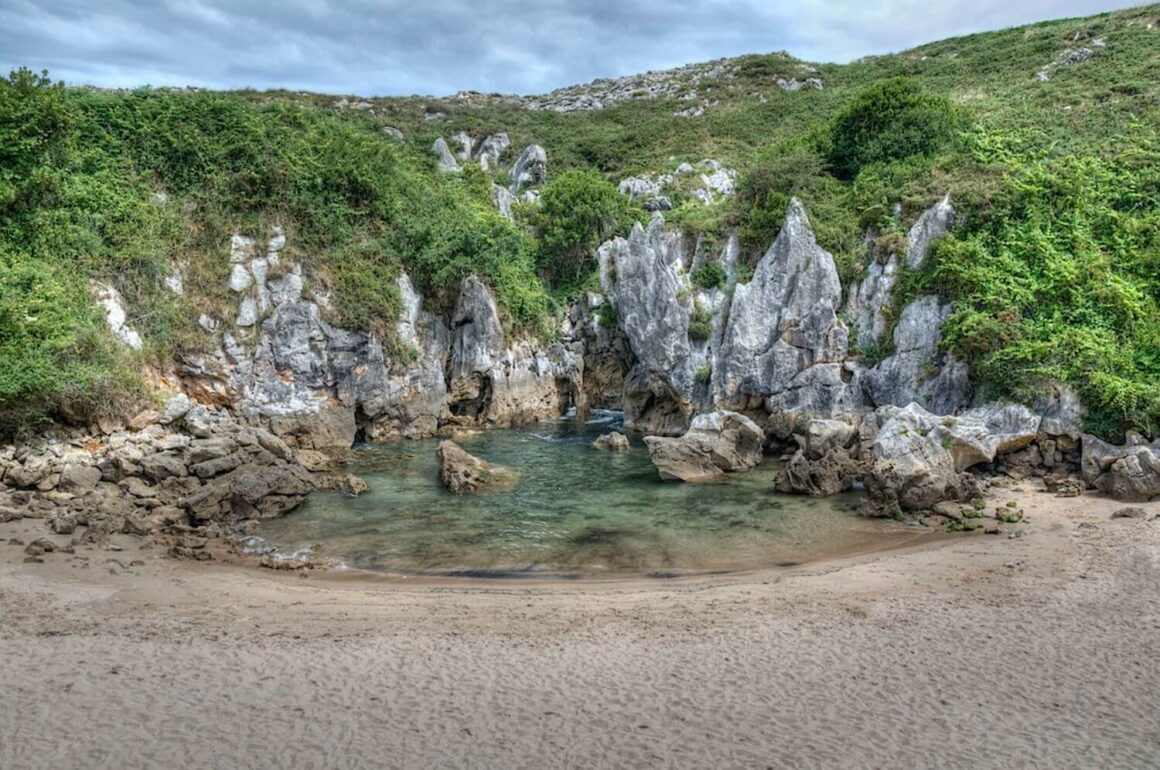
This extraordinary beach measures just 40 meters long, making it the shortest beach in the world. Located 100 meters inland from the Cantabrian Sea, this hidden marvel appears like magic in the countryside.
Saltwater reaches the beach through underground tunnels carved by the sea, creating a fully tidal inland beach with actual waves. The name “Gulpiyuri” means “water circle” in the local language. At high tide the beach emerges, while at low tide it nearly disappears.
Access requires a pedestrian walk from the village of Naves, as vehicles aren’t permitted. For the truly adventurous, sea kayaking through a 100-meter cave connects the beach directly to the sea during high tide. No amenities exist here, so bring everything needed for the day.
3. Le Poët‑Laval – Rhône‑Alpes, France
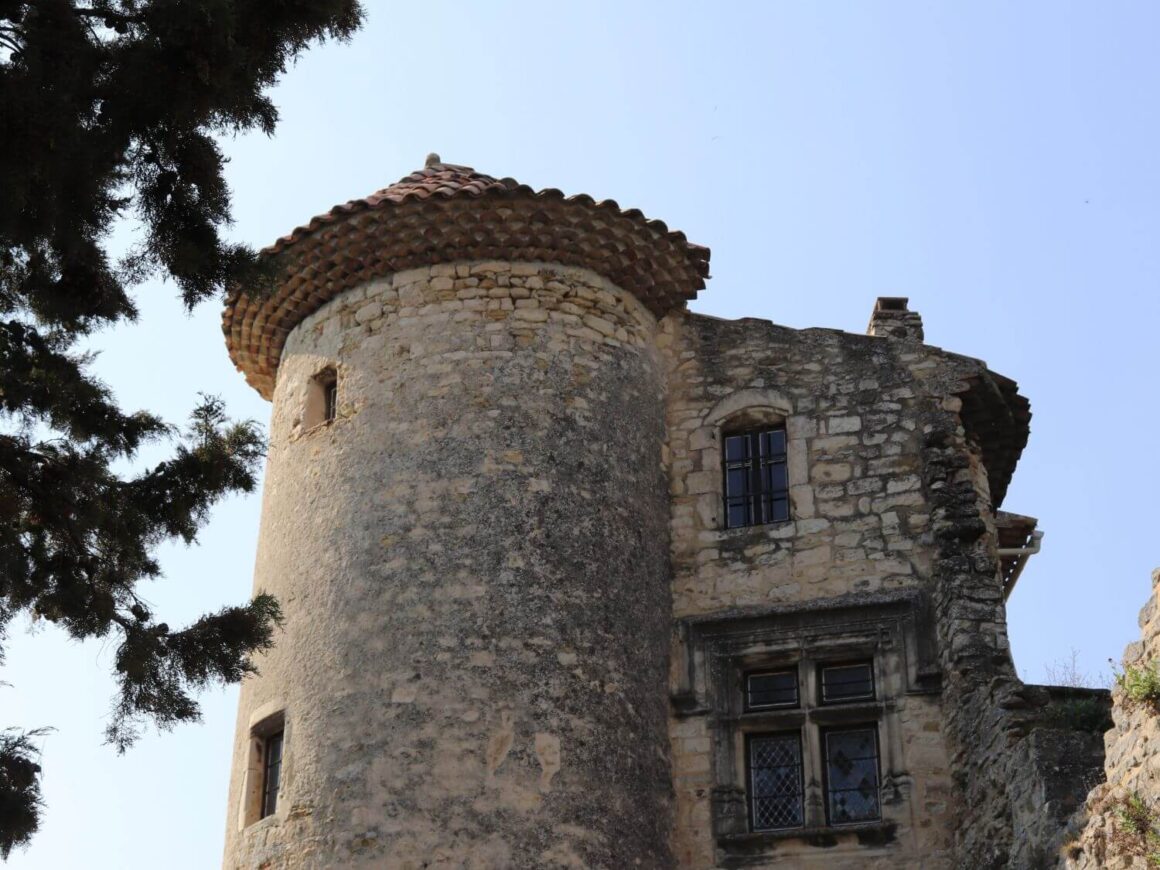
This car-free medieval jewel perches on a hillside with 12th-century stone homes and winding cobblestone lanes. Despite being one of France’s official “Most Beautiful Villages,” it remains largely unknown to international visitors.
The village is enveloped by lavender fields, olive groves, and fragrant pine forests that change dramatically with the seasons. Local artisans populate the narrow streets with pottery workshops, herb shops, and traditional silk-making studios. The peaceful atmosphere makes it perfect for slow travel and photography.
Located within easy day-trip distance from Montélimar or Dieulefit, Le Poët‑Laval represents authentic French village life without tourist crowds. Small restaurants serve regional specialties using herbs and produce from surrounding farms.
4. Kayama Island (Rabbit Island) – Okinawa, Japan

This tiny uninhabited islet in the Yaeyama chain has been completely overrun by friendly feral rabbits. The unusual situation creates a unique wildlife experience where visitors can interact with hundreds of adorable rabbits on pristine beaches.
Soft white sand beaches surround the island, with crystal-clear reefs perfect for snorkeling and kayaking. The water visibility often exceeds 30 meters, revealing vibrant coral formations. Boats depart regularly from nearby Ishigaki or Taketomi Islands.
No facilities exist on the island, making it essential to plan carefully. Bring picnic supplies, sun protection, and plenty of water. The lack of infrastructure ensures these travel destinations maintain their wild, untouched character.
5. Fiordland – New Zealand
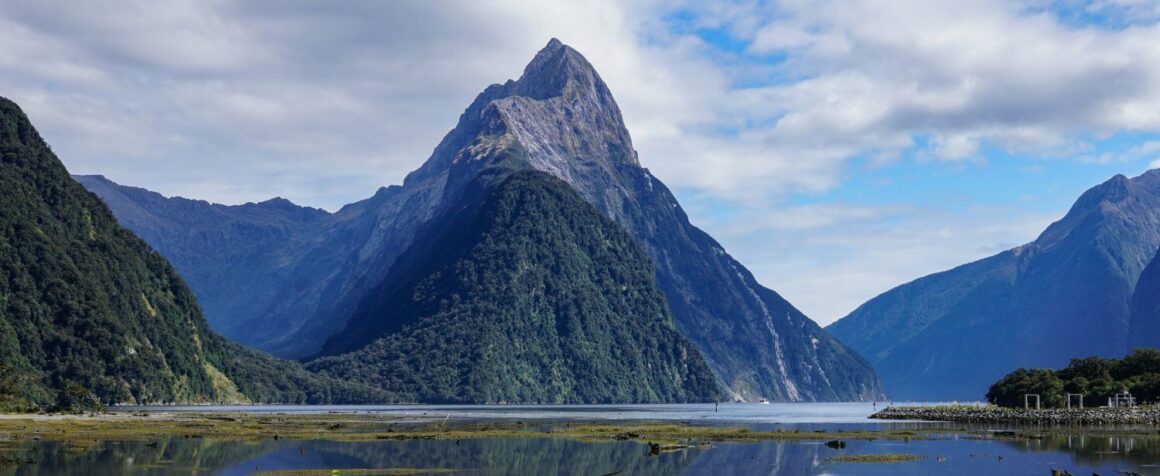
This wilderness encompasses glacier-carved fiords, steep rainforests, and sheer granite cliffs rising directly from dark waters. The region includes iconic Milford Sound and the more remote Doubtful Sound.
Access comes via boat cruises, scenic flights, or challenging multi-day hikes like the famous Milford and Routeburn Tracks. The area houses unique flora, the rare kiwi bird, and Fiordland crested penguins. Weather can change rapidly, with annual rainfall exceeding 6 meters in some areas.
Minimal infrastructure means shared cabin accommodations and true wilderness experiences. The isolation preserves one of the world’s last great wilderness areas, where silence can be so complete it’s almost tangible.
6. Krubera Cave – Abkhazia, Georgia
Once recognized as the world’s deepest cave at approximately 2,200 meters (over 7,200 feet) deep, Krubera Cave represents the ultimate extreme destination. Located in the rugged Arabika Massif within the Western Caucasus mountains.
Access requires professional speleological skills and technical rope expertise. The cave contains underground rivers, vertical shafts, and extreme caving challenges that have attracted explorers from around the world. Multiple expedition teams have pushed the limits of human cave exploration here.
This hidden destination symbolizes the final frontiers of Earth exploration. The high-altitude, remote mountain region adds another layer of difficulty to reaching this remarkable underground world.
7. Underwater Waterfall – Mauritius
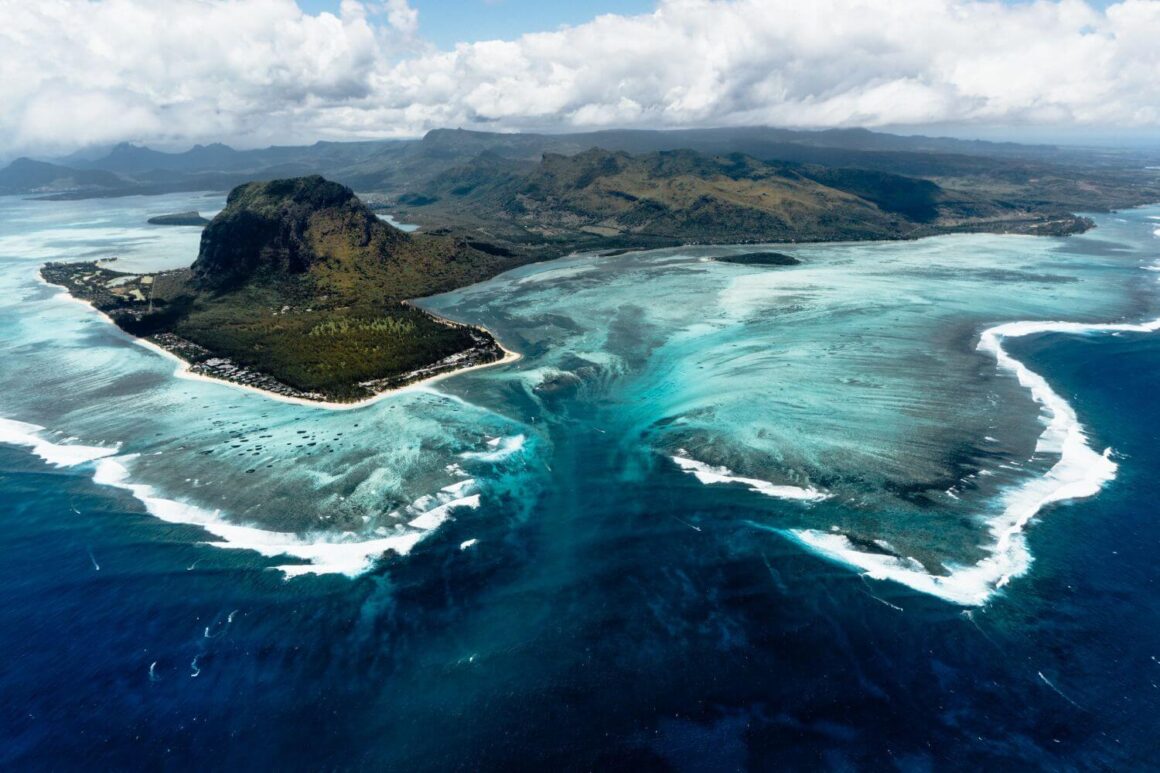
This spectacular optical illusion creates the appearance of an underwater waterfall near Le Morne Brabant peninsula. The effect results from sand and silt plunging over an underwater shelf, visible only from above.
The phenomenon contrasts beautifully with turquoise lagoons and coral reefs surrounding the area. Helicopter tours and small aircraft flights provide the best viewing opportunities. Many operators now focus on eco-conscious scenic flights bundled with sunset cruises.
Photography enthusiasts consider this one of the most remarkable natural illusions on Earth. The site of Le Morne adds cultural significance to the natural wonder, representing the struggle for freedom and human rights.
8. Death Road – La Paz, Bolivia

Known officially as Yungas Road, this route earned the nickname “world’s most dangerous road” for good reason. The narrow mountain path hugs canyon cliffs with thousand-foot drops and no guardrails.
Today, guided downhill mountain biking has transformed this treacherous route into an adventure sports destination. Professional tour operators provide full safety gear and experienced guides. The ride descends from 4,700 meters to 1,200 meters altitude through changing ecosystems.
Winding jungle terrain reveals dense Amazon-like foliage, waterfalls, and incredible biodiversity. The adrenaline rush combines with breathtaking scenery and opportunities to spot tropical birds and other wildlife. Several operators run daily biking tours with safety records much improved from the road’s dangerous past.
9. Svinafellsjökull Crystal Cave – Iceland
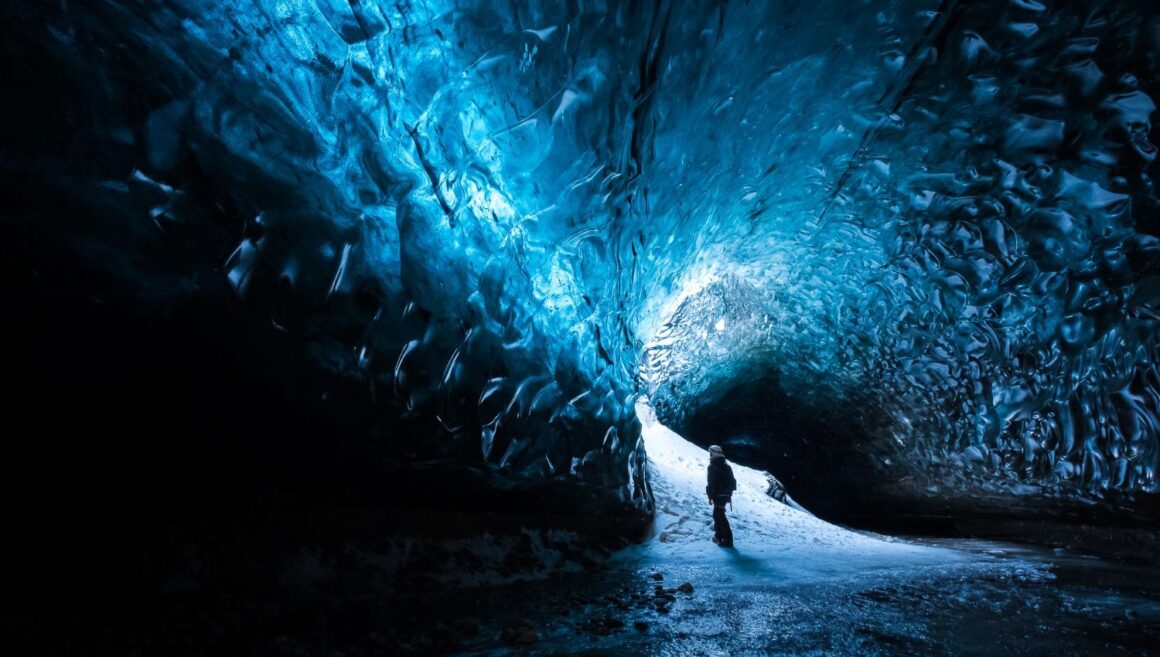
These magical ice caves form within Svinafellsjökull glacier, part of Vatnajökull National Park. Interior walls glow with ethereal deep blue light created by compressed glacial ice and filtered sunlight.
Guided tours with helmets and safety equipment operate only during winter months when the caves are stable. The changing cave structure means each season brings different formations. Professional photographers seek these caves for surreal, otherworldly images.
Access requires short hikes from the Skaftafell visitor center, followed by glacier walking with certified guides. The experience provides intimate contact with living glaciers and insight into climate change impacts on these ancient ice formations.
10. Foula – Shetland Islands, Scotland
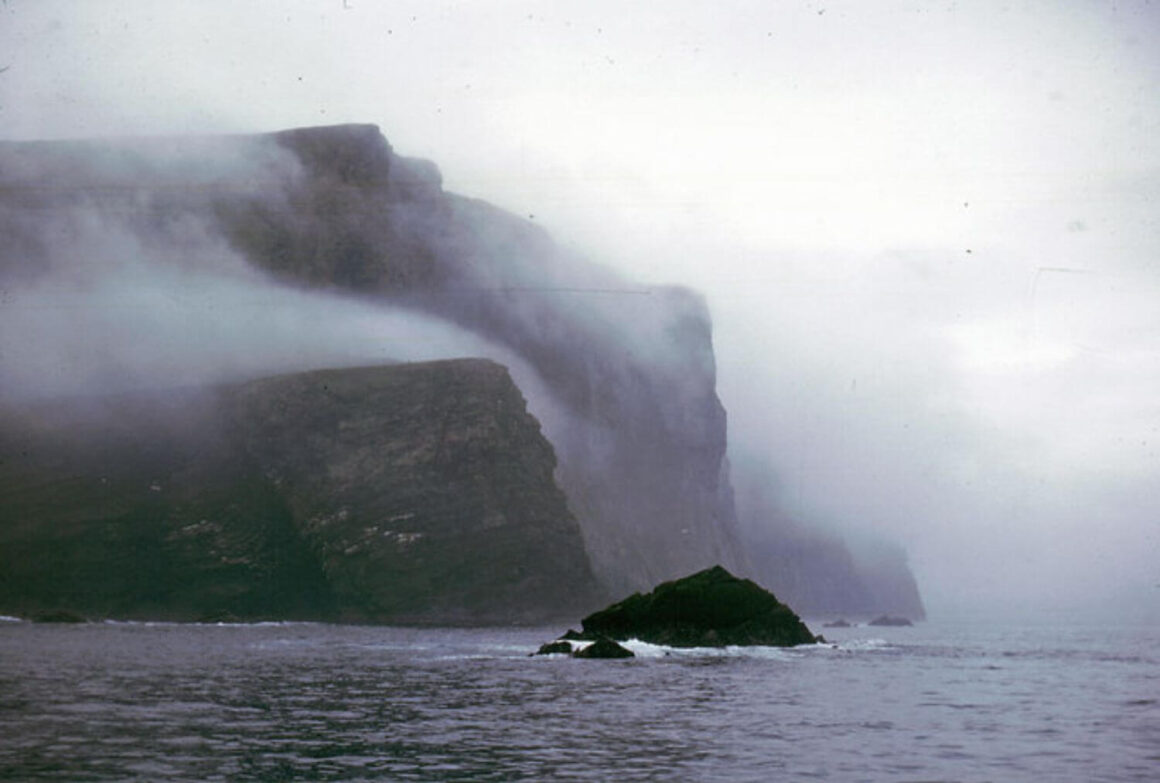
One of Britain’s most remote inhabited islands, Foula houses approximately 30 permanent residents who maintain traditional island life. Towering sea cliffs provide nesting sites for puffins, fulmars, and dramatic seabird colonies.
Simple ferry services or rare small aircraft flights connect Foula to mainland Shetland. Weather often delays or cancels transportation, adding to the adventure. Basic lodging is available in local crofts (traditional stone houses).
The unmatched silence and isolation create profound experiences for visitors seeking authentic island life. Community festivals showcase the resilience and creativity of people living on the edge of the civilized world.
11. Egremni Beach – Lefkada, Greece

This hidden gem lies below dramatic aquamarine cliffs on the Ionian Sea shore. Access involves descending steep stairs or rugged hiking trails, which keeps crowds minimal even during summer months.
Massive stretches of powder-white sand often remain completely deserted. The beach rivals the famous Myrtos Beach for natural beauty but without the tourist infrastructure. Earthquake damage in 2015 temporarily closed access, but recent reopening has kept visitor numbers unusually low.
Crystal-clear waters and dramatic cliff formations create perfect conditions for photography and swimming. The isolation means bringing all supplies, but the reward is having one of Greece’s most beautiful beaches largely to yourself.
12. Las Coloradas – Yucatán, Mexico
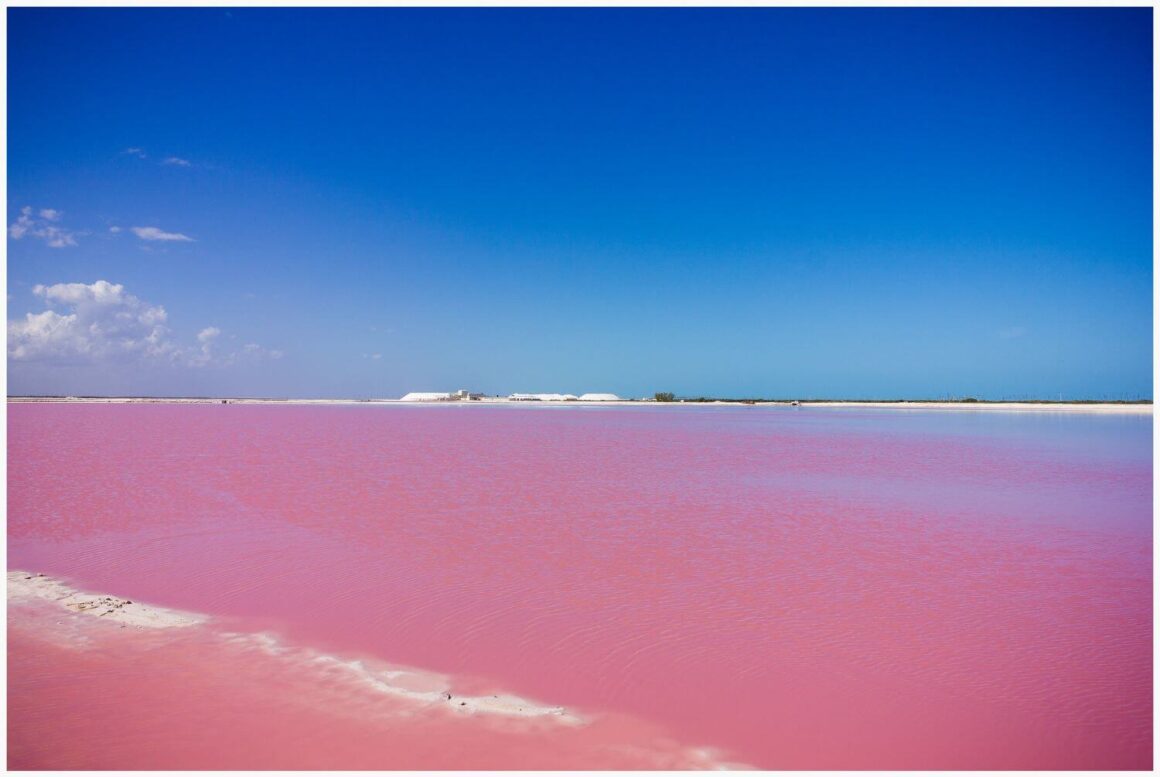
These dreamy sugar-pink salt lagoons near Río Lagartos Biosphere Reserve create an otherworldly landscape. The vibrant color comes from seasonal salt-tolerant algae and microorganisms, with peak pink coloration between August and October.
Flamingos and crocodiles inhabit nearby areas, making wildlife watching tours popular additions. Access involves small backroads or bioluminescent evening boat cruises through the mangrove channels. The area has gained Instagram fame while remaining far from major resort zones.
Local salt production continues using traditional methods, adding cultural authenticity to the natural wonder. The best photography occurs during golden hour when the pink waters reflect dramatic sky colors.
13. Uunartoq Hot Springs – Greenland
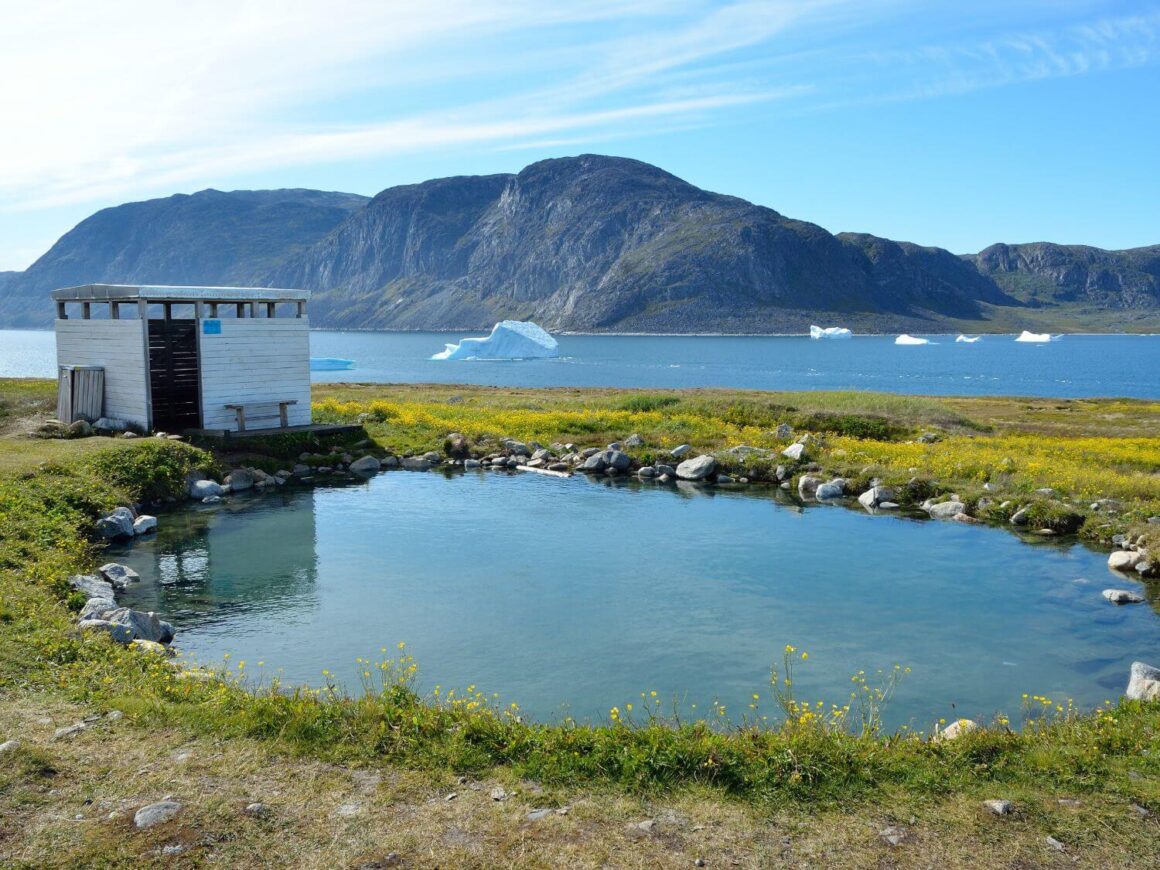
These natural geothermal pools overlook icy fjords with no changing facilities, fees, or infrastructure. The contrast between steaming mineral water and Arctic icebergs creates an unforgettable experience.
Access requires small boats, kayaks, or overland treks inland from the coast. Local guides sometimes bring portable hot tubs into the fjord during brief summer months. The setting epitomizes raw Arctic beauty.
Self-sufficient camping gear is essential for this utterly off-grid destination. The experience rewards hardy travelers with memories of soaking in natural hot springs while surrounded by some of Earth’s most pristine wilderness.
14. Gouqi Island – Shanghai Archipelago, China
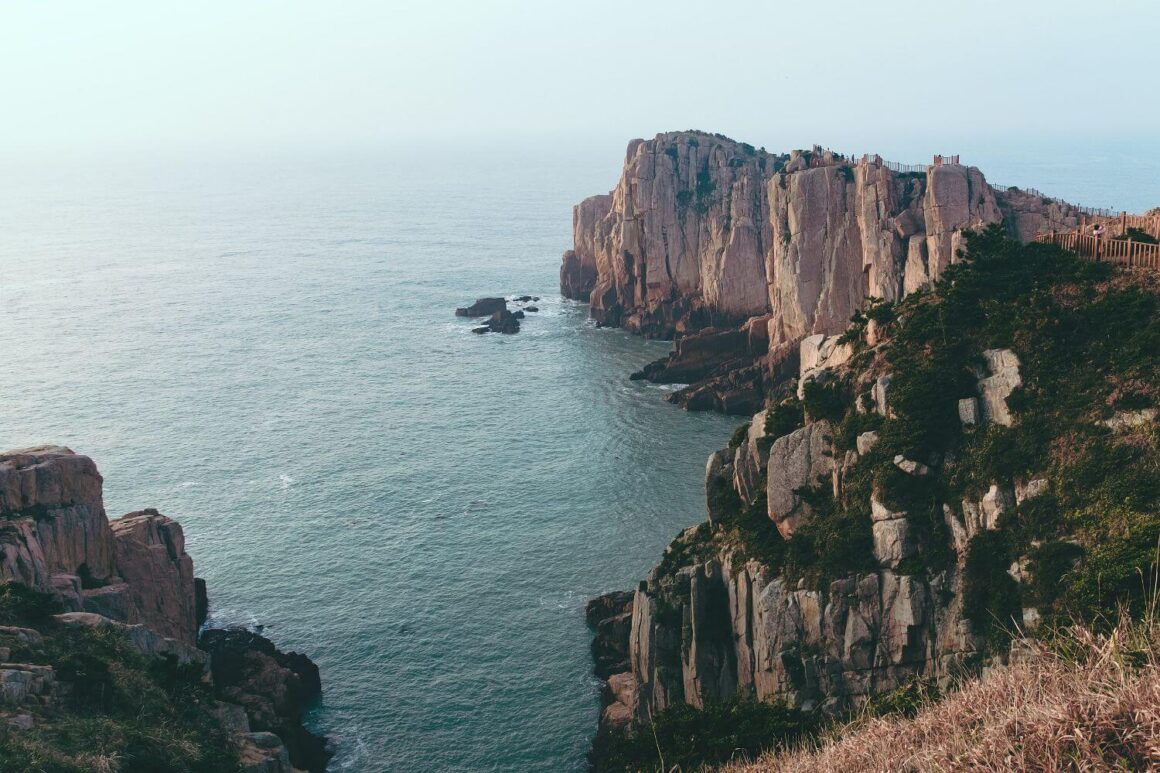
This abandoned fishing settlement shows what happens when the sea reclaims human habitation. Ivy-covered homes create photogenic ruins that have become popular among Chinese heritage photographers and urban explorers.
The remote eastern outpost maintains a ghostly village atmosphere with nature slowly taking over man-made structures. Boat access from Shanghai’s shores requires planning, as little tourism infrastructure exists.
The peaceful, evocative setting tells stories of maritime decline and economic change. Photography enthusiasts find endless subjects in the contrast between human ambition and nature’s persistence.
15. Tristan da Cunha – South Atlantic Ocean
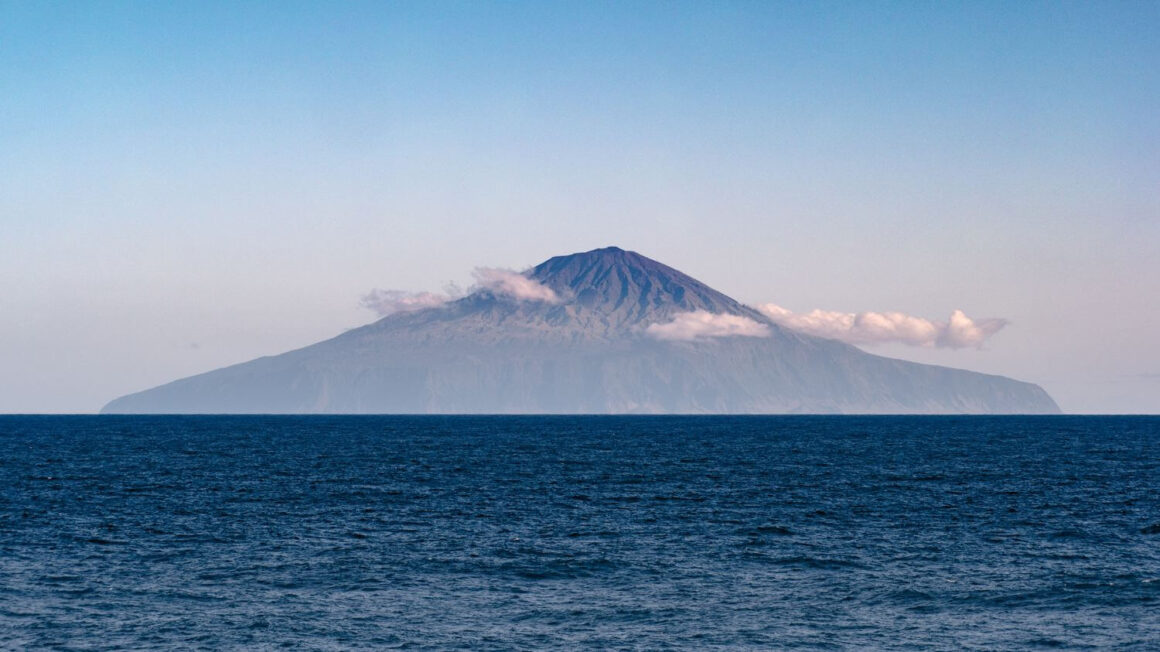
The most remote inhabited archipelago on Earth sits 2,800 kilometers from the nearest city (Cape Town). The population stays under 300 people, all living in a single settlement called Edinburgh of the Seven Seas.
Access requires a six-day journey aboard infrequent supply ships, with no airstrip available. Weather and sea conditions often delay departures for weeks. Visitors need special permission from the island administration.
Rugged volcanic landscapes and massive seabird colonies (including albatross and petrels) provide incredible wildlife viewing. The community operates entirely on sustainability principles with subsistence fishing and farming.
16. Inío – Chiloé Island, Chile
This extremely small hamlet hides deep within temperate rainforest on remote Chiloé Island. Access requires boat transportation or local flights followed by hiking through ancient forest paths.
Lush biodiversity includes ancient cypress forests and countless bird species. The area is renowned for rain-washed tranquility and complete disconnection from modern life. Traditional Chilote culture emphasizes seafood, distinctive wooden architecture, and rich folklore.
Virtually no tourism infrastructure exists, making it perfect for travelers seeking ultra-remote experiences. The few residents maintain traditional ways of life largely unchanged for generations.
17. Las Grutas de Tolantongo – Hidalgo, Mexico
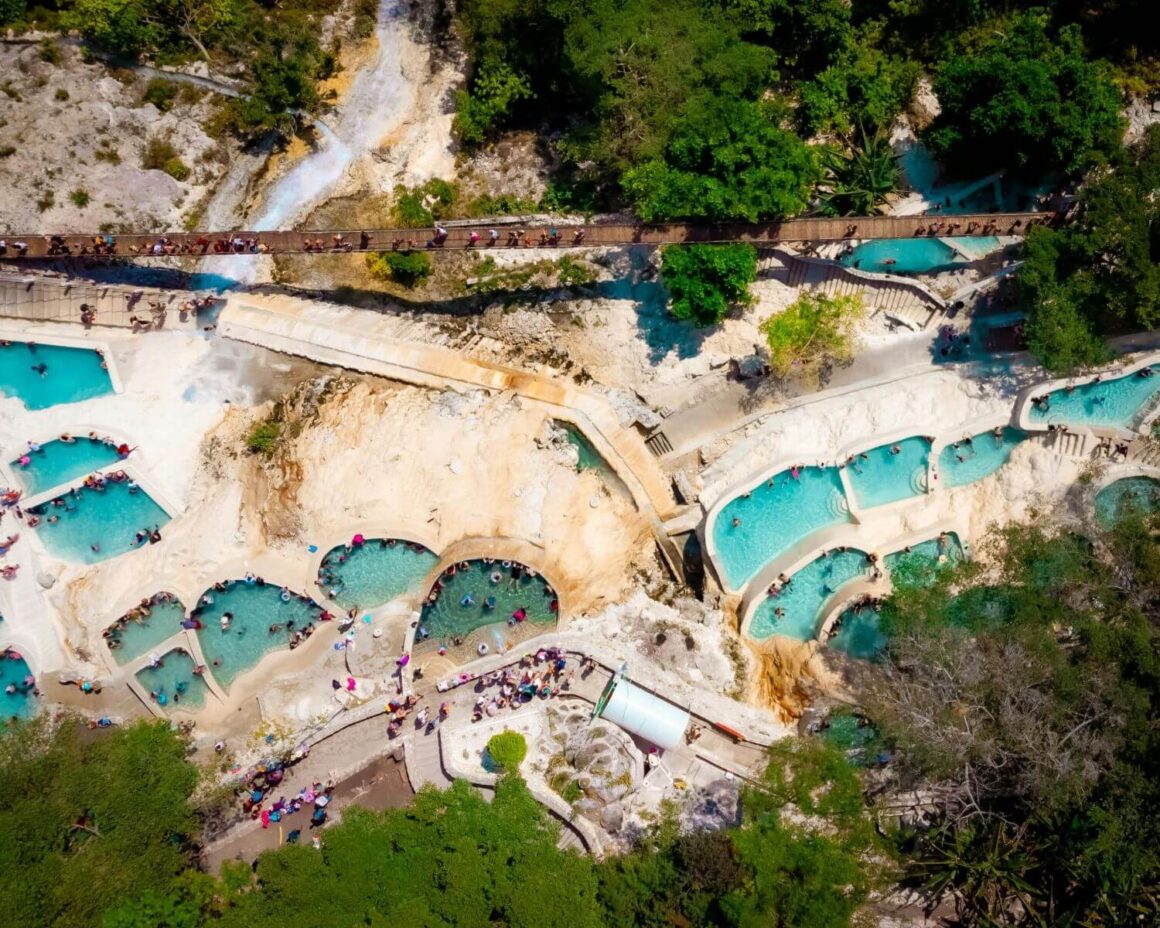
This series of steamy thermal pools carved into purple canyon walls includes hot rivers, natural grottoes, and cascading waterfalls. The warm shallow pools accommodate families and adventurous travelers alike.
Infrastructure includes rustic cabins, camping areas, and simple restaurants while maintaining the natural setting. The location sits just 3-4 hours from Mexico City, making it accessible for weekend trips.
The thermal springs maintain temperatures perfect for year-round soaking. Multiple pool levels connected by natural rock formations create a playground for relaxation and exploration.
18. Initiation Well, Quinta da Regaleira – Sintra, Portugal
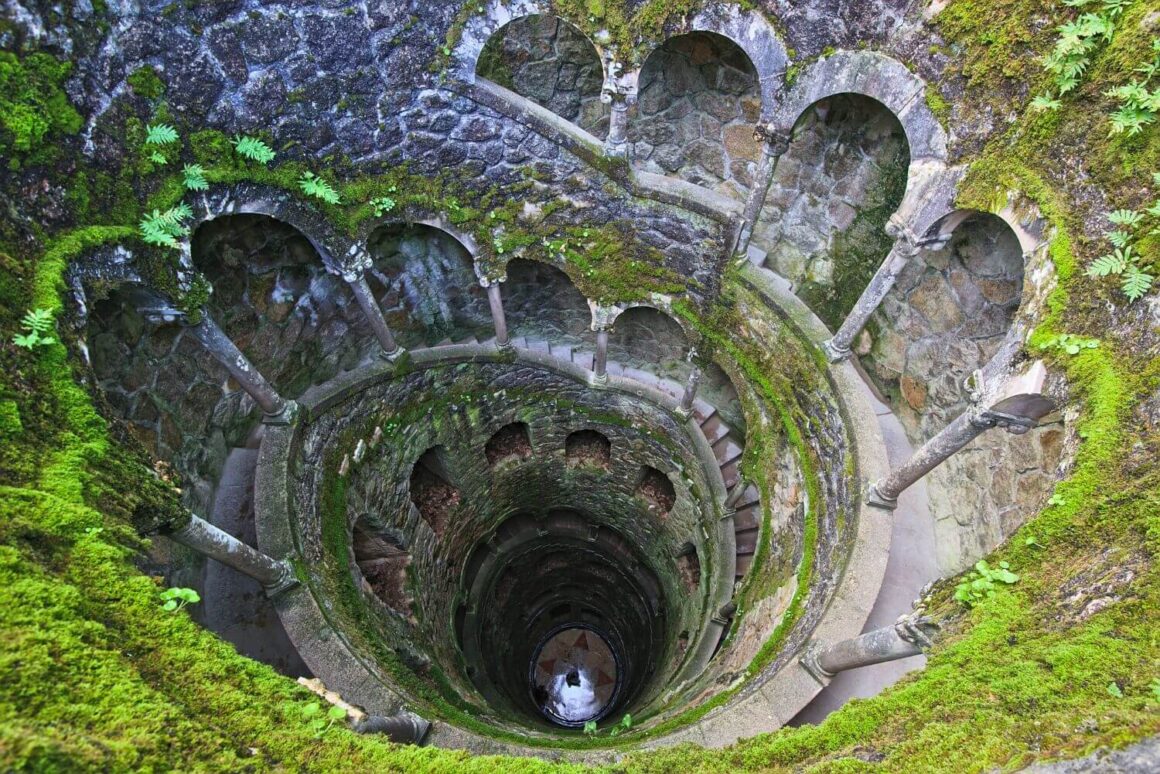
This esoteric spiral well descends approximately 27 meters as part of a mystical garden estate. The design incorporates Templar-inspired symbolism and initiation rites representing journeys to the underworld.
Stone arches and tunnels connect to labyrinthine grottoes throughout the property. The well forms part of Sintra’s cultural landscape, combining natural beauty with mysterious architecture.
Photographers prize the location for moody, atmospheric shots enhanced by filtered light and ancient stonework. The surrounding gardens contain additional hidden grottos, tunnels, and symbolic structures.
19. São Miguel – Azores, Portugal
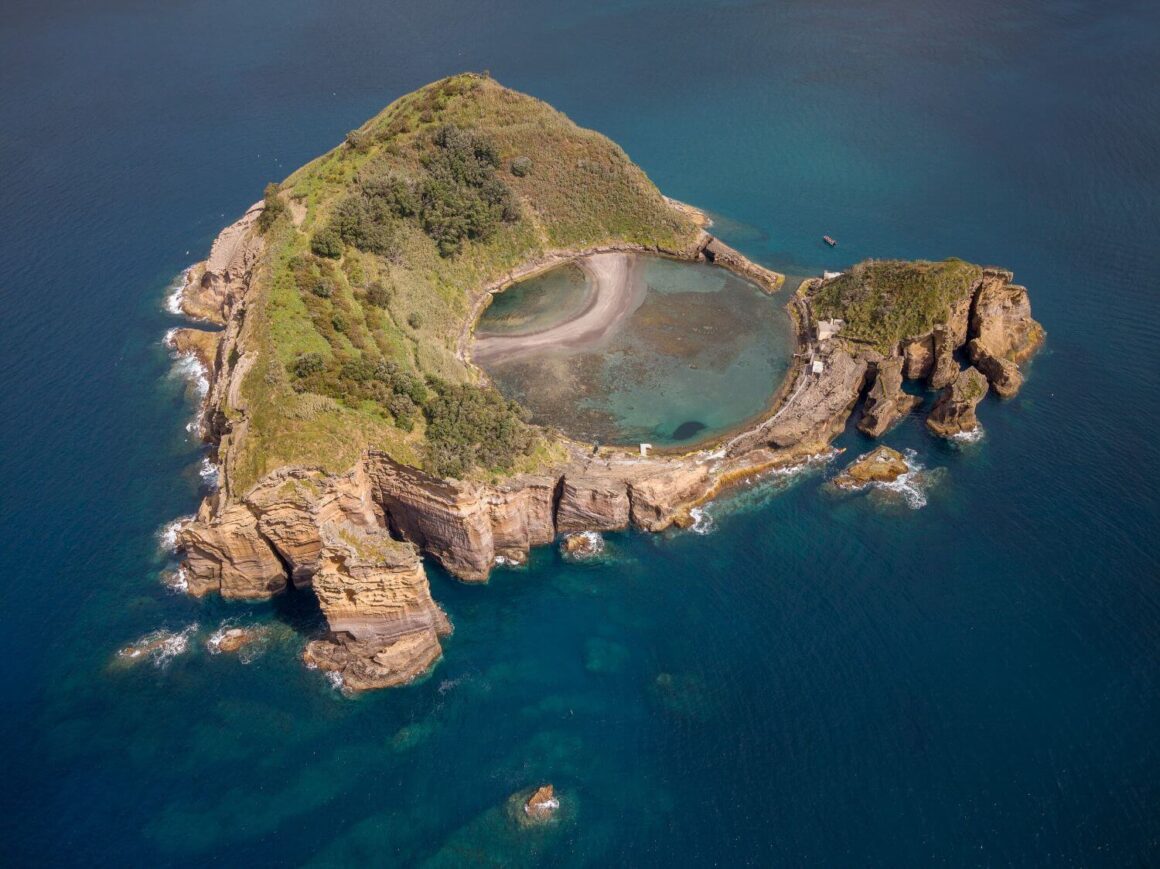
This “Green Island” features crater lakes, hot springs, and volcanic hiking trails surrounded by the Atlantic Ocean. The mix includes whale watching, canyoning, tea plantations, and black sand beaches.
Furnas Valley’s thermal pools allow visitors to enjoy local cozido stew cooked underground using volcanic heat. Small guesthouses and rural farm-stays provide accommodation embedded directly in nature.
The island receives fewer American visitors than European destinations, creating a delightfully uncrowded atmosphere outside peak summer months. Multiple climate zones within the small island provide diverse experiences from subtropical to temperate environments.
20. Munnar – Kerala, India
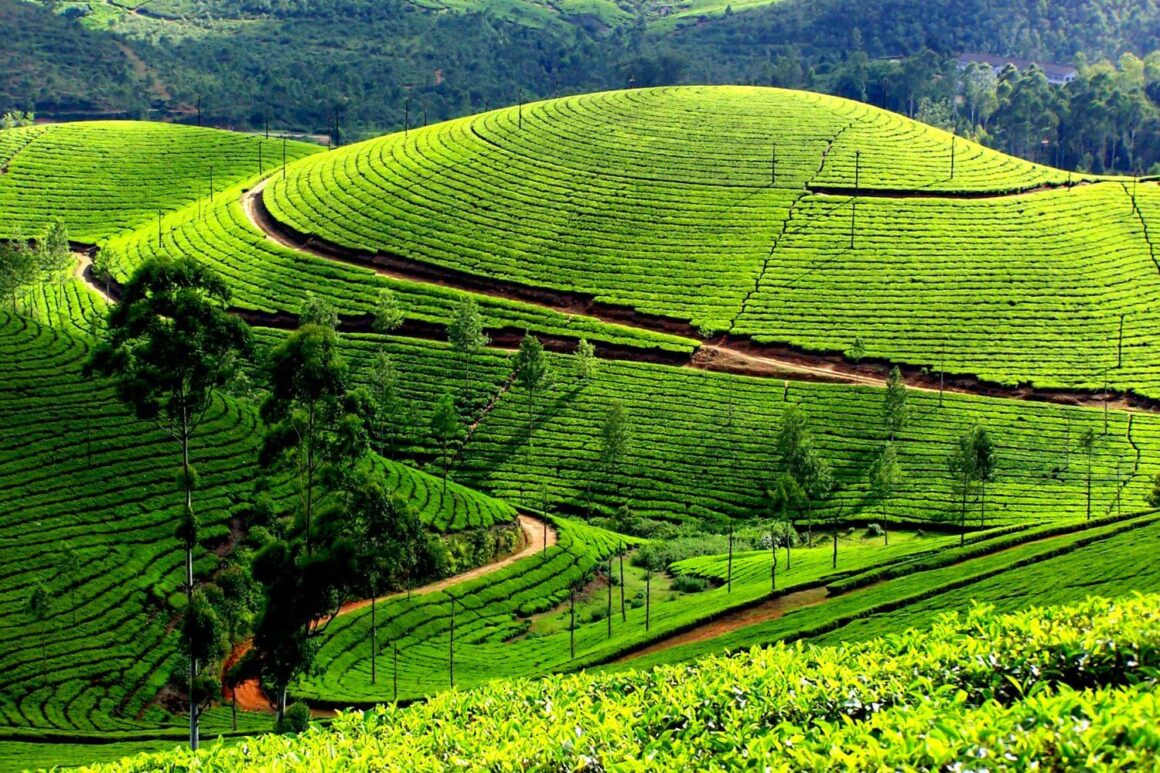
Sprawling tea plantations drape over Western Ghats hills, creating a green carpet landscape. The cool, misty climate provides perfect conditions for walking, trekking, and birdwatching year-round.
Colonial-era tea estates, waterfall hikes, and spice gardens offer cultural and natural attractions. The tea museum, night safaris, and peak trekking in Eravikulam National Park add adventure options.
Popular among Indian travelers but underappreciated internationally, Munnar provides authentic mountain station experiences. The high altitude creates comfortable temperatures even during hot seasons in lower-elevation areas.
21. La Rinconada – Peru
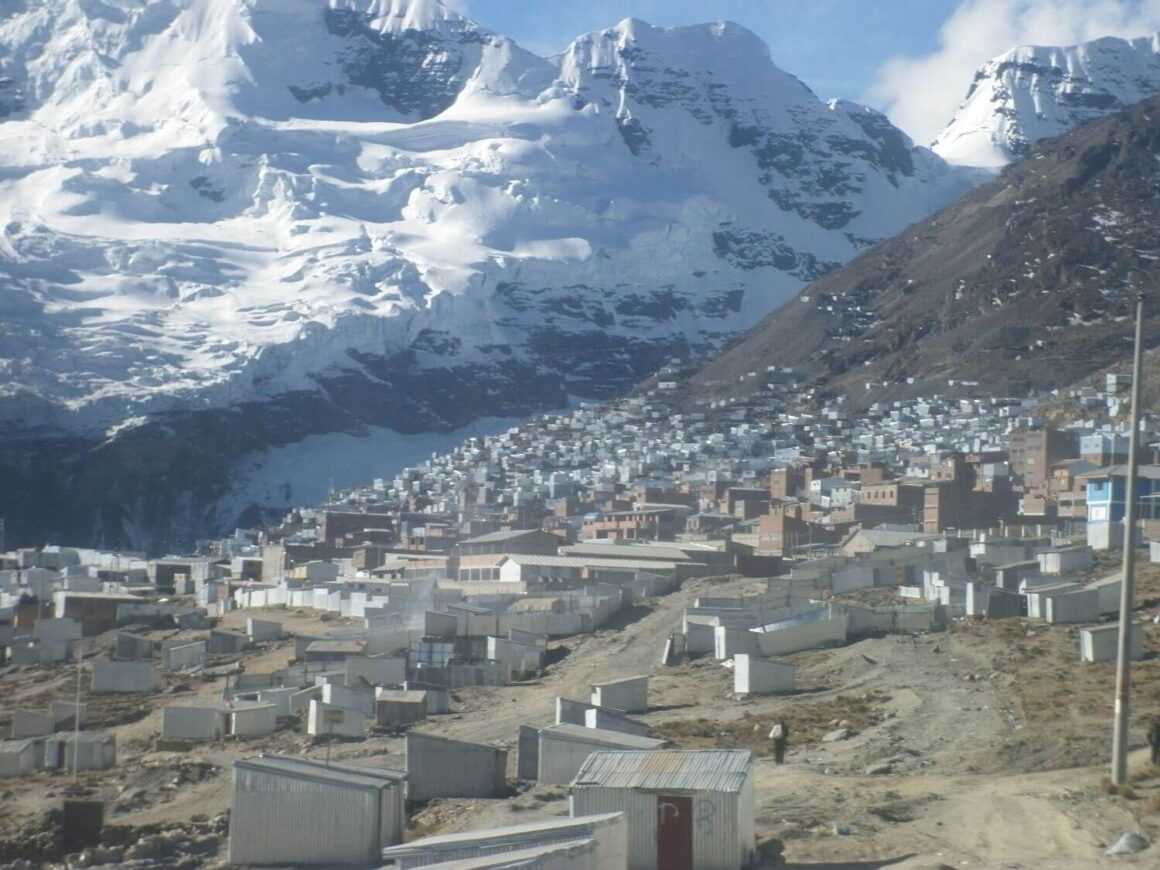
The world’s highest permanent settlement sits at approximately 5,100 meters (16,732 feet) above sea level. This gold-mining boomtown houses thousands of informal miners in extremely challenging conditions.
Poverty-stricken adobe structures cling to high-altitude slopes where oxygen levels are roughly half those at sea level. No official transportation exists, requiring shared vehicles up rugged Andean roads.
This destination provides raw insight into extreme human resilience and resource exploitation. The harsh conditions and informal economy create a unique window into how people survive in Earth’s most challenging environments.
22. Civita di Bagnoregio – Italy
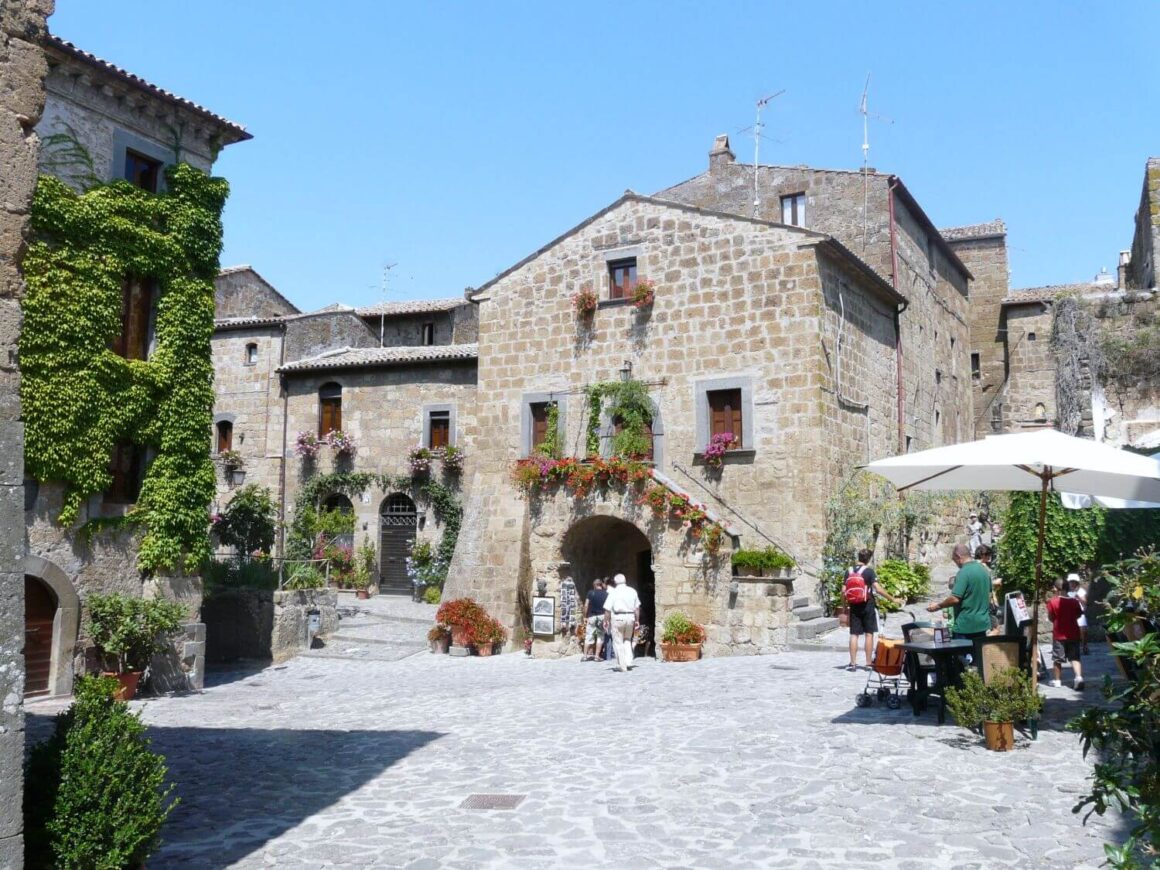
Known as the “dying city,” this ancient settlement perches on a crumbling tufa plateau connected only by a narrow pedestrian bridge. Etruscan origins combine with medieval atmosphere in nearly empty streets.
Panoramic views stretch across the sprawling Lazio countryside from multiple vantage points. Access is restricted to pedestrians only, with visitor numbers regulated to prevent further erosion.
The town glows magically during golden hour, earning recognition as Italy’s most romantic ghost town. Time seems suspended in the handful of remaining buildings and ancient stone pathways.
23. Kvernufoss Waterfall – South Iceland
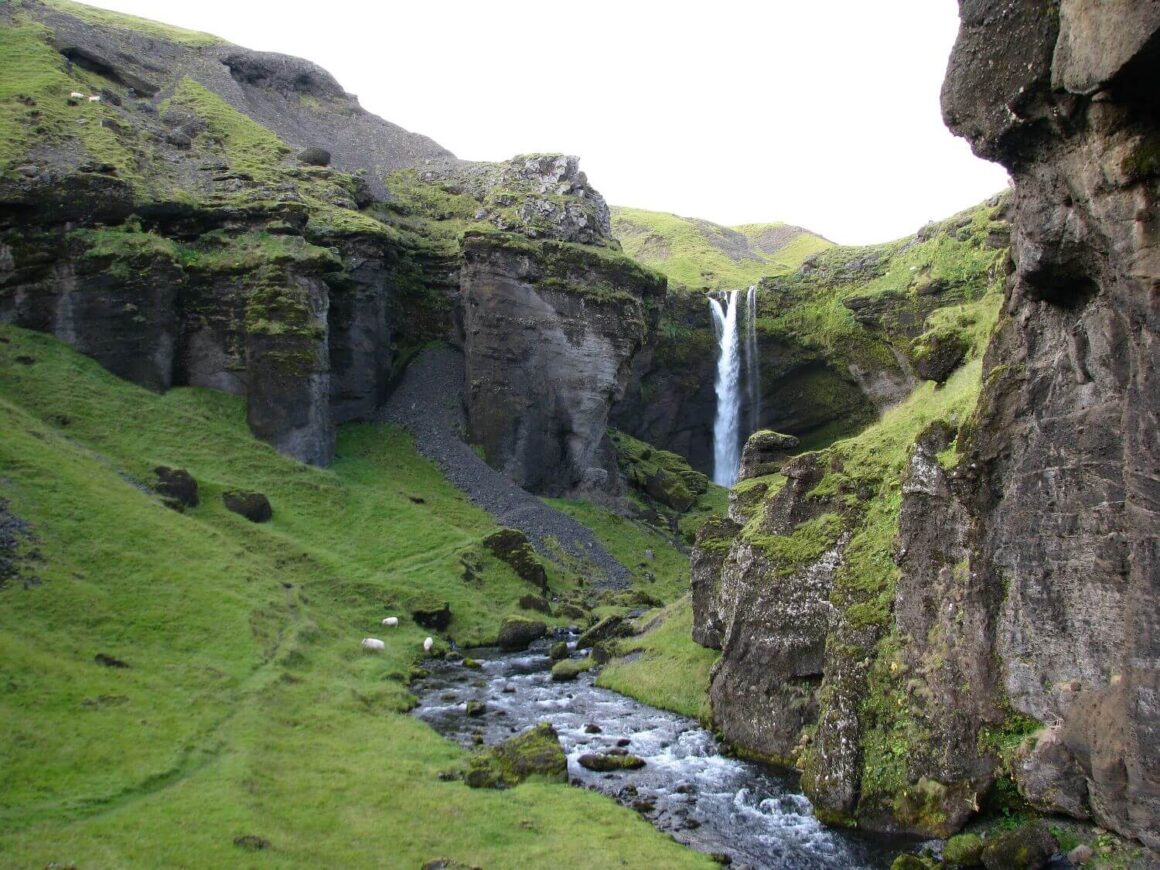
This peaceful 30-meter waterfall hides in a mossy gorge beside the famous Skógafoss. A short, flat trail (approximately 20 minutes) leads to this unknown gem that most tourists miss entirely.
Visitors can walk behind the cascade for immersive views and unique photography angles. The location remains crowd-free even during busy summer seasons when nearby attractions overflow with visitors.
The combination of rugged beauty and glacier-fed water creates serene conditions perfect for meditation and nature connection. The hidden location requires only minimal hiking while providing maximum reward.
24. Panjin Red Beach – Liaoning, China
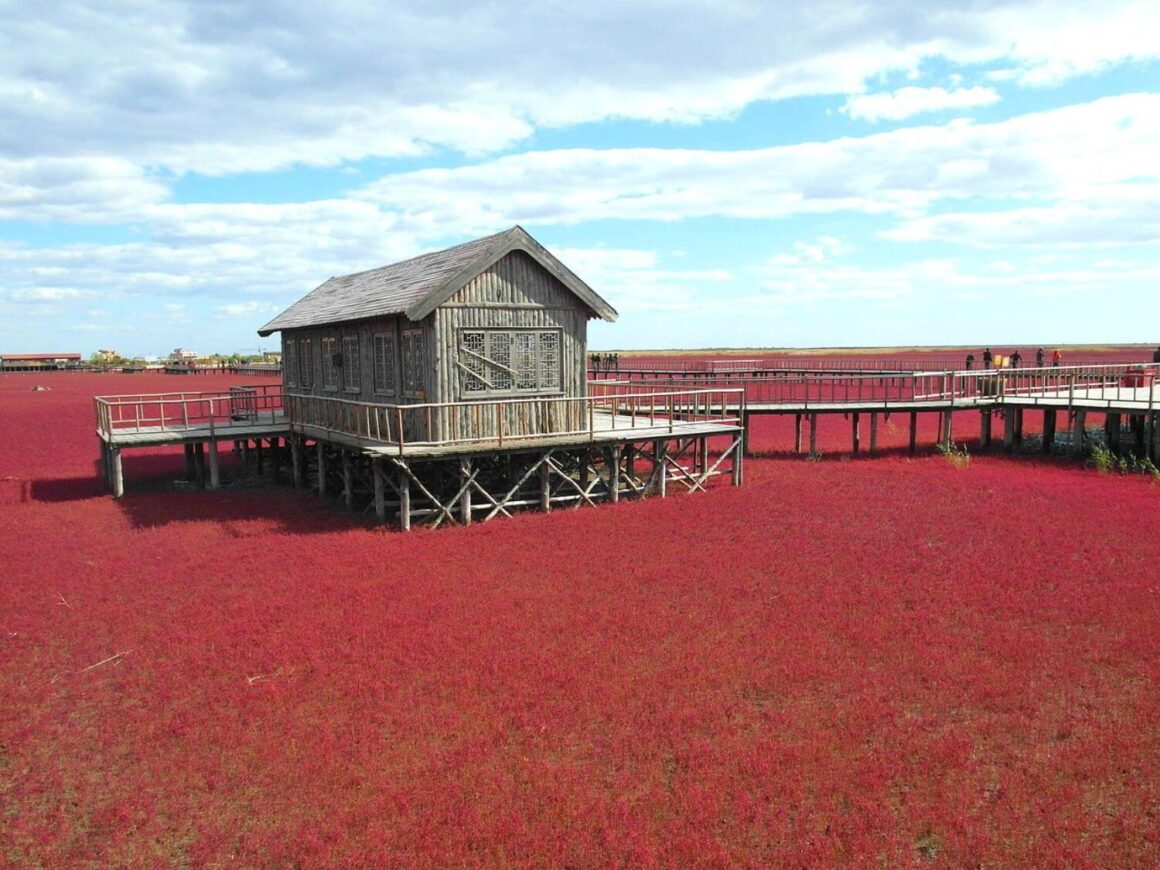
This mystical red-reed marshland forms from seasonal Suaeda salsa plants that change color dramatically throughout the year. The landscape transforms from green in spring to deep scarlet during autumn months.
Boardwalks and birdwatching hides provide access through the delta region without disturbing the ecosystem. The area serves as a crucial habitat for cranes and countless migratory bird species.
Considered one of Earth’s most surreal wetlands, the red coloration creates an alien-like landscape unlike anywhere else. The seasonal changes mean timing visits between August and October will let you see the most dramatic colors.
25. Kongthong (Singing Village) – Meghalaya, India
This remarkable village earned recognition as one of India’s entries for the UN World Tourism Organization’s Best Tourism Village award. What makes Kongthong truly special is that residents communicate through personal whistled melodies instead of traditional names.
Each villager has a unique whistling tune called “jingrwai iawbei” composed by their mother during the first weeks after birth. The tradition creates an otherworldly atmosphere as melodic calls echo through the Khasi Hills. Visitors often receive their own “song name” from local guides.
The village sits 65 kilometers from Shillong, surrounded by subtropical forests and famous living root bridges. Recent infrastructure improvements include electricity (arrived in 2000) and a motorable road connection. Community homestays like “The Traveller’s Nest” provide authentic cultural immersion with traditional eco huts.
